Disclosure: This article contains affiliate links. We may earn a commission from purchases at no extra cost to you, which helps our travel content.
Standing beneath the imposing medieval archway of Rothenburg ob der Tauber's Rödertor gate, I felt that familiar tingle of excitement I've experienced at historical sites from Edinburgh Castle to Rome's Colosseum. But this small Bavarian town offered something different—something more intimate and preserved. As a nurse who's spent decades monitoring vital signs, I could practically feel the pulse of 700 years of history beating through the cobblestone streets. After 15+ years of traveling to historical destinations with my kids (now grown), I've developed a sixth sense for authentically preserved places versus tourist traps. Rothenburg is gloriously, undeniably authentic. This walled medieval city along Germany's Romantic Road offers couples a perfect fall retreat when the summer crowds have departed, the surrounding forests blaze with autumn colors, and the evening air carries the scent of glühwein and gingerbread. Let me guide you through a week of medieval immersion that balances tourist highlights with genuine cultural encounters—the kind that transform a simple vacation into a lifelong memory.
First Impressions: Stepping Back in Time
The first thing that strikes you about Rothenburg isn't a single landmark but the completeness of its medieval world. Unlike many European destinations where modern buildings intermingle with historical ones, Rothenburg's old town exists within its original 13th-century walls as a fully preserved medieval cityscape.
My first evening, I joined the Night Watchman's Tour—an experience I'd rank alongside Westminster Abbey and the Roman Forum for historical immersion. Our guide, dressed in authentic medieval garb complete with halberd and lantern, led us through twilight streets while sharing tales not found in guidebooks. His stories of plague, war, and daily medieval life were delivered with such dark humor that I found myself both educated and thoroughly entertained.
While many visitors do this tour on their first night, I'd recommend saving it for your second or third evening. This gives you time to wander the streets independently first, forming your own impressions before hearing the historical context. The tour books up quickly, especially in October when fall foliage draws photographers from around the world.
After the tour, follow the locals (not the tourists) to Zur Höll (To Hell), a tiny tavern housed in Rothenburg's oldest building dating to 900 AD. The low-beamed ceilings and centuries-old stone walls create an atmosphere no modern restaurant could replicate. Their house-made apple wine paired with traditional Franconian sausages creates a sensory connection to medieval times that no museum can match.
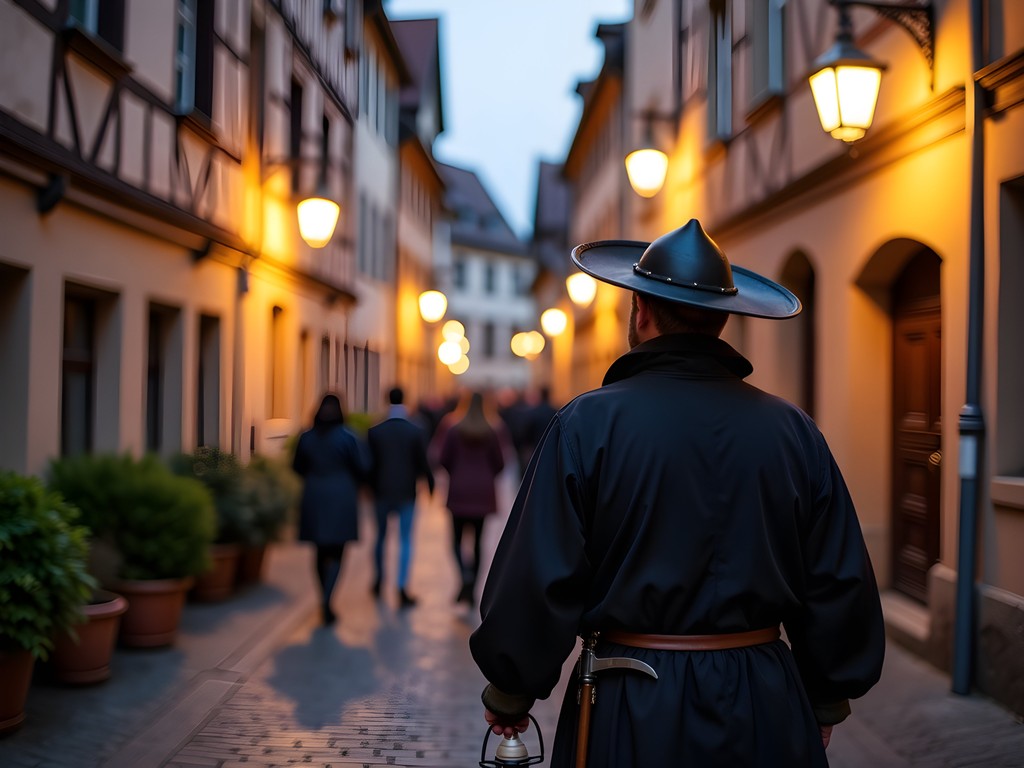
💡 Pro Tips
- Book the Night Watchman's Tour a day in advance during fall season
- Visit Zur Höll tavern after 8pm when the tourist crowds thin out
- Request a table in the back room for the most authentic medieval atmosphere
Beyond the Tourist Trail: Local Connections
While Rothenburg's main street (Schmiedgasse) bustles with tourists during daylight hours, the true character of this medieval town reveals itself when you venture just two streets away. Here's where my nursing background comes in handy—I've learned that to understand the true health of a place, you need to look beyond the obvious symptoms.
On my third morning, I discovered Café Einzigartig, where local residents gather for morning coffee. The owner, Frau Müller, initially seemed reserved, but when I mentioned my interest in local history, her demeanor transformed. She shared stories passed down through five generations of her family, including how her grandmother hid Jewish neighbors in their cellar during WWII. These personal connections provide context that no guidebook can offer.
For couples seeking authentic experiences, I recommend visiting the local craftspeople who maintain medieval traditions. The Käthe Wohlfahrt Christmas Museum gets all the attention, but I found greater value in visiting Georg Friedel's woodcarving workshop on Klostergasse. For a modest fee, he offers mini-lessons where you can carve a simple ornament using techniques unchanged since the 1500s. My travel journal is filled with sketches of his intricate designs that tell stories of medieval life through wood.
Don't miss the weekly farmers market in the Market Square (Thursdays), where local farmers sell seasonal produce, cheeses, and baked goods. The apple strudel from the elderly woman in the northeast corner rivals any I've tasted across Germany—and I've sampled many in the name of thorough research!

💡 Pro Tips
- Visit Café Einzigartig before 9am to mingle with locals
- Book Georg Friedel's woodcarving workshop 2-3 days in advance
- Learn a few basic German phrases—locals appreciate the effort
Culinary Time Travel: Medieval Feasts & Local Flavors
Rothenburg's cuisine offers a delicious portal to medieval times, but finding authentic dishes requires looking beyond the tourist menus. As someone who's traveled through 17 European countries documenting historical food traditions, I've developed a simple rule: if the menu has pictures or English translations prominently displayed, keep walking.
For an immersive medieval dining experience, book a table at Burgkeller, housed in a 13th-century cellar beneath the castle gardens. Their Franconian feast includes dishes prepared from recipes documented in the town archives—the roasted duck with spiced fruit compote uses the same combination of spices recorded in a 1487 town ledger. Request the alcove table in the back corner for a romantic dinner by candlelight.
During my visit, I participated in a medieval cooking class at Historiengewölbe (History Vaults), where our small group prepared a four-course meal using period-appropriate ingredients and techniques. The instructor, Helga, explained how spices once worth their weight in gold transformed simple peasant ingredients into complex flavors. My spice grinder now gets regular use at home recreating the distinctive medieval spice blends I learned to make there.
Don't leave without trying Rothenburg's signature sweet—the Schneeball (snowball). These fist-sized balls of fried dough covered in powdered sugar have been made the same way since the 1700s. While touristy bakeries sell fancy versions with chocolate and nuts, visit Bäckerei Striffler where locals buy the traditional version made from their 300-year-old family recipe.
For wine enthusiasts, the local Franconian wines deserve attention. These are rarely exported, making a tasting at Glocke Weinkeller a unique opportunity. Their Silvaner grape varieties grow in the same soil where medieval monks once tended vineyards. The dry, mineral-forward whites pair perfectly with local river fish dishes.
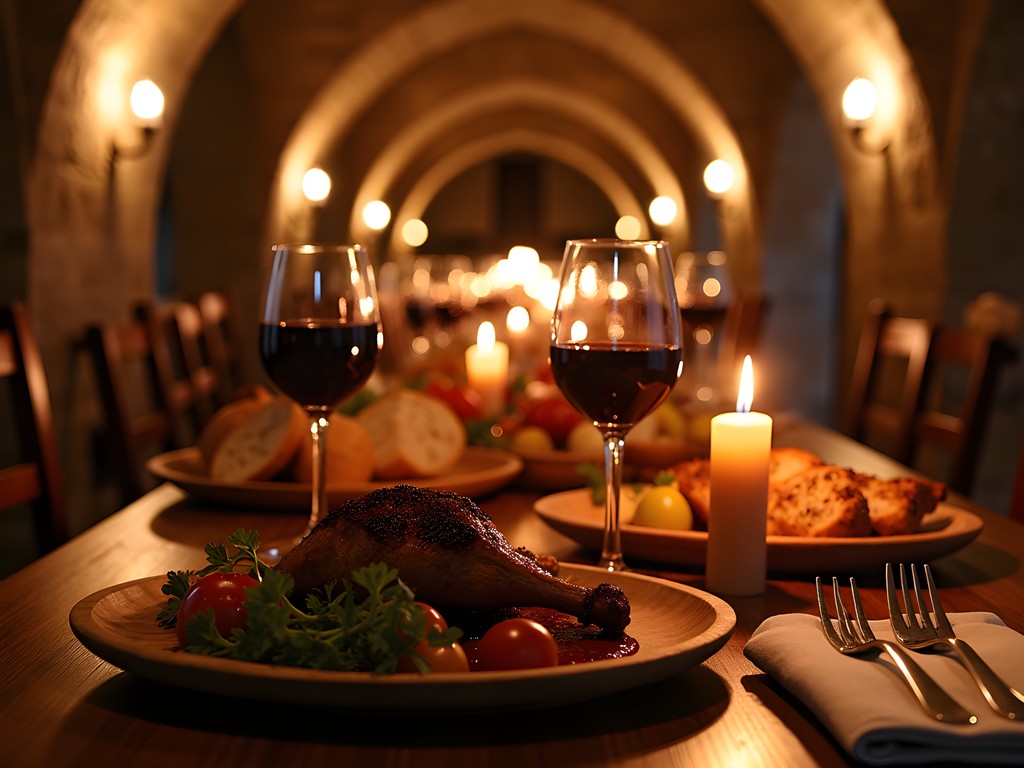
💡 Pro Tips
- Reserve Burgkeller at least 3 days in advance and request the alcove table
- Book the Thursday cooking class at Historiengewölbe—it's half the price of weekend sessions
- Visit Bäckerei Striffler before 10am for freshly-made traditional Schneeballs
Walking the Walls: A Nurse's Prescription for Exploration
As a nurse who's spent decades advising patients on the health benefits of walking, I can prescribe no better activity in Rothenburg than circumnavigating the town on its intact medieval walls. This 1.5-mile elevated pathway offers perspective you simply can't get from street level—and burns off some of those Schneeball calories!
The complete wall circuit takes about 2-3 hours if you stop to explore the towers and gardens along the way. Start early (around 7am) to have this experience largely to yourself. The morning light casting long shadows across the red-tiled rooftops creates photography opportunities that tour groups rushing through at midday entirely miss.
My favorite section runs between Klingenbastei and Rödertor towers on the eastern wall. Here, small gardens cultivated by residents press against the inner wall, many growing herbs and vegetables from heritage seeds that would have been familiar to medieval inhabitants. One elderly gentleman I met has maintained his family's garden plot here for over 60 years, growing medicinal herbs from plants his grandmother started.
For photography enthusiasts, bring a lightweight travel tripod for the wall walk. The narrow walkways make bulky equipment impractical, but you'll want stability for capturing the dramatic plays of light and shadow, especially during golden hour. The Manfrotto Befree packs down small enough to fit in my daypack but provides the stability needed for those perfect wall-top shots.
While walking the walls, notice the different construction techniques used in various sections—evidence of the city's growth and rebuilding after conflicts. As a history enthusiast, I find these architectural details tell a more nuanced story than many museum exhibits. The southern wall sections, rebuilt after the Thirty Years' War, use distinctly different stonework than the older northern sections.
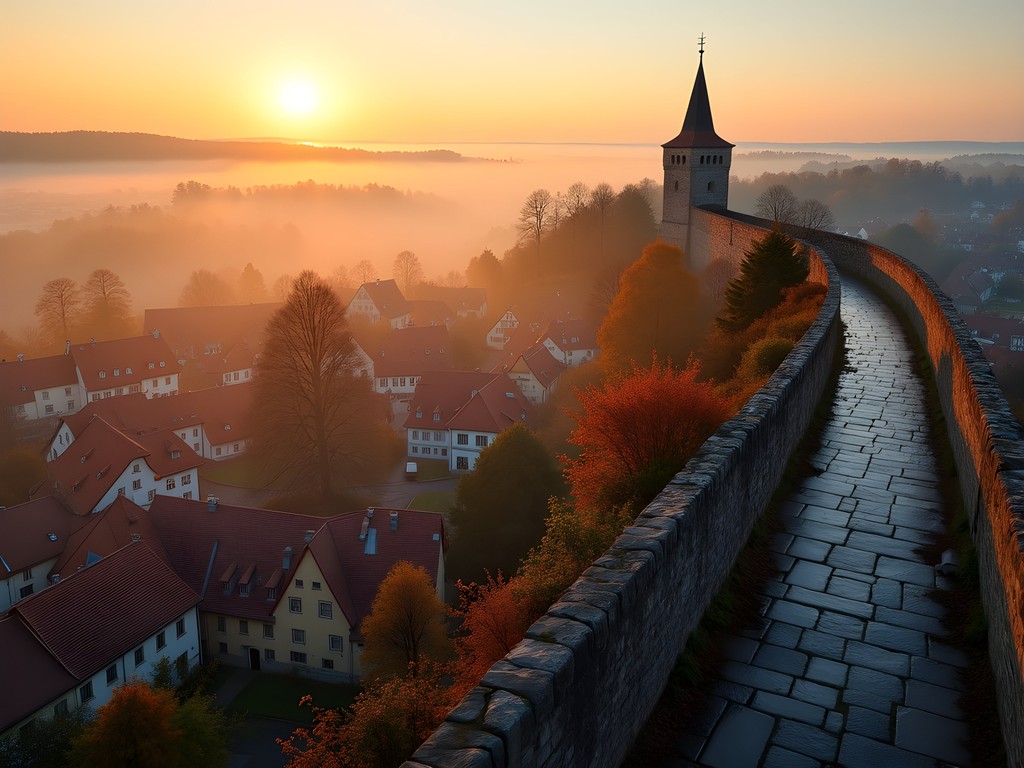
💡 Pro Tips
- Enter the wall walk near Spitalhof for fewer crowds
- Wear comfortable shoes with good traction—some sections have worn, slippery stones
- Bring water and a small snack—there are few places to exit the wall walk once you've started
Seasonal Celebrations: Autumn Festivals & Traditions
Fall transforms Rothenburg into a tableau of medieval seasonal traditions that few tourists experience. While summer brings crowds to see the picture-perfect town, autumn reveals the living heritage that continues to shape local life.
If your visit falls in early October, don't miss the Shepherd's Dance (Schäfertanz), a tradition dating back to 1517. This celebration commemorates the end of the plague with a procession of traditionally dressed shepherds performing dances in the market square. What makes this event special is its authenticity—these aren't performers hired for tourists but actual local families who have maintained this tradition for generations.
The Harvest Festival (Erntedankfest) in mid-October transforms the St. Jakob's Church into a breathtaking display of local produce, arranged in patterns that would be familiar to medieval worshippers. The intricate corn dollies and wheat weavings use techniques unchanged for centuries. Attending the Sunday service (even if you don't understand German) allows you to experience how seasonal rhythms and religious practices intertwine in Bavarian culture.
For couples seeking romantic experiences, the Torchlight Castle Gardens tour (offered Friday and Saturday evenings in October) provides a magical experience. Local historical society members guide small groups through the castle gardens by torchlight, explaining how medieval residents used these spaces for both practical and leisure purposes. The tour concludes with mulled wine served in the former castle kitchen.
My favorite autumn tradition is the apple pressing day at the Medieval Crime Museum's courtyard. Local families bring apples from their trees to be pressed in a reconstructed medieval press. The resulting cider is fermented using traditional methods. For a small fee, visitors can participate in the pressing process and sample last year's vintage. Bring a insulated water bottle to take some fresh juice back to your accommodation—the unfiltered apple juice is delicious when chilled.
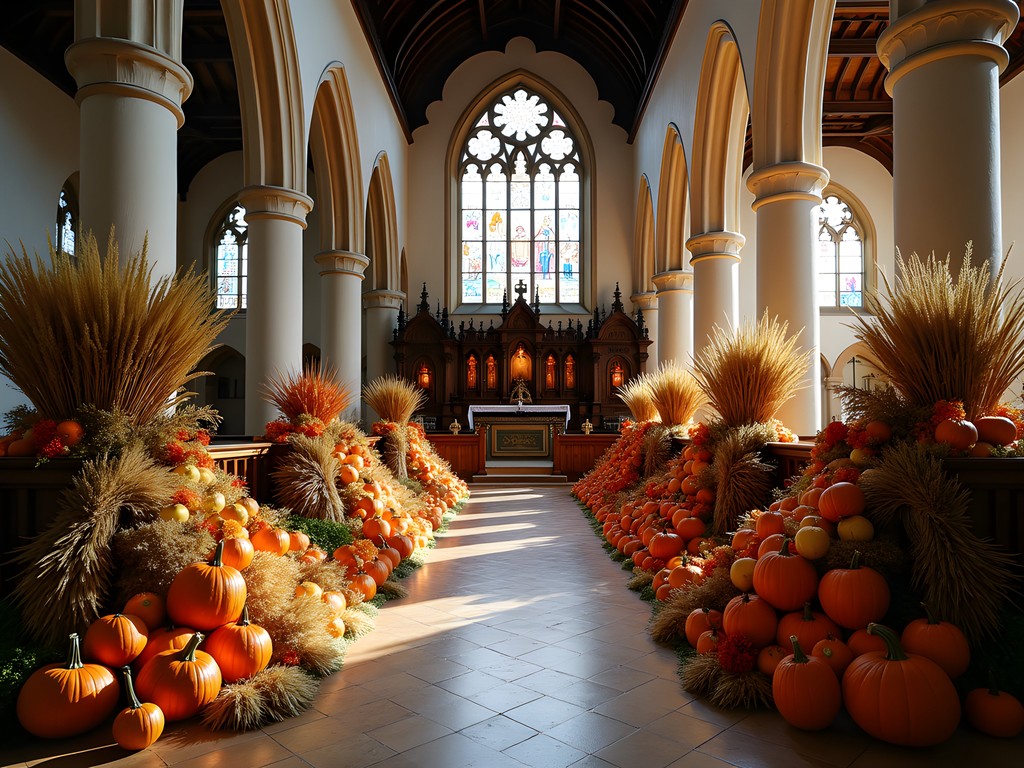
💡 Pro Tips
- Check with the tourist office for exact festival dates—they follow the harvest schedule rather than fixed calendar dates
- Arrive at the Shepherd's Dance 30 minutes early for good viewing positions
- Dress warmly for evening events—stone buildings and gardens quickly become chilly after sunset
Final Thoughts
As my week in Rothenburg drew to a close, I found myself lingering at the medieval walls one final time, watching the sunset paint the ancient stones in amber hues. What makes this town special isn't just its preserved architecture but the living traditions that connect present-day residents to their medieval past. In my years of historical travel—from Scottish castles to Spanish cathedrals—I've rarely encountered a place where history feels so tangibly present in daily life. For couples seeking connection—both with each other and with centuries of human experience—Rothenburg offers something precious: a chance to step outside our rushed modern existence and into a world where traditions, craftsmanship, and seasonal rhythms still matter. Whether you're sampling recipes unchanged since the 1400s or learning crafts from artisans practicing medieval techniques, you'll leave with more than photographs. You'll carry home memories of authentic encounters that remind us how the past continues to shape our present. The medieval world isn't really gone in Rothenburg—it's simply waiting for you to discover it, one cobblestone step at a time.
✨ Key Takeaways
- Visit in fall to experience authentic seasonal traditions that few tourists witness
- Venture beyond the main streets to discover family-run businesses maintaining medieval crafts and recipes
- Participate in hands-on activities like cooking classes and craft workshops for deeper cultural connection
- Make time for early morning and evening exploration when the medieval atmosphere is most palpable
📋 Practical Information
Best Time to Visit
September-October for fall colors and harvest festivals
Budget Estimate
$150-250 per day for mid-range accommodations, meals and activities
Recommended Duration
5-7 days for full immersion
Difficulty Level
Easy
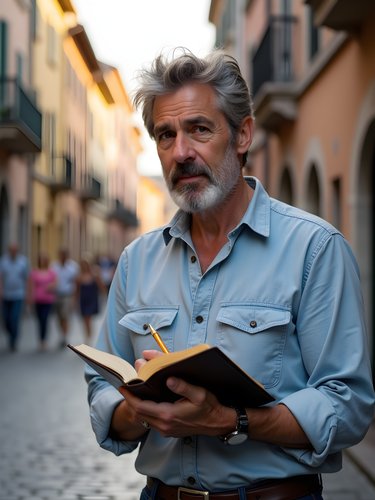
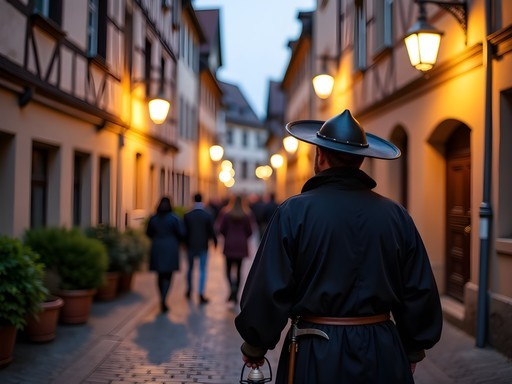
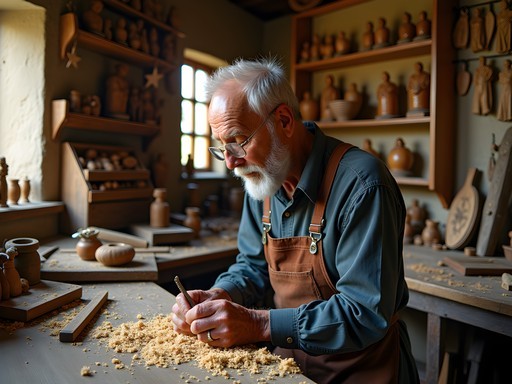
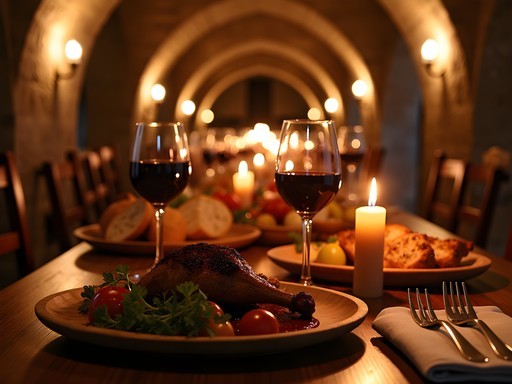
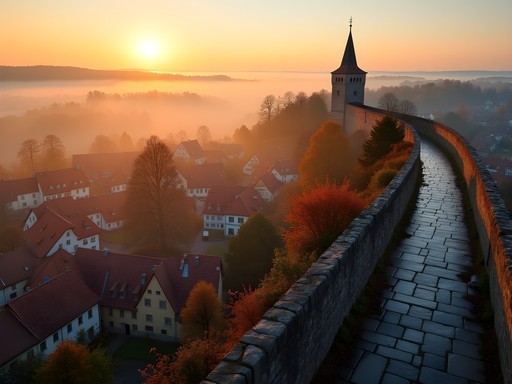
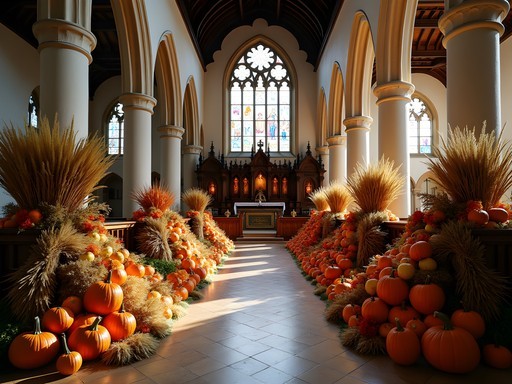


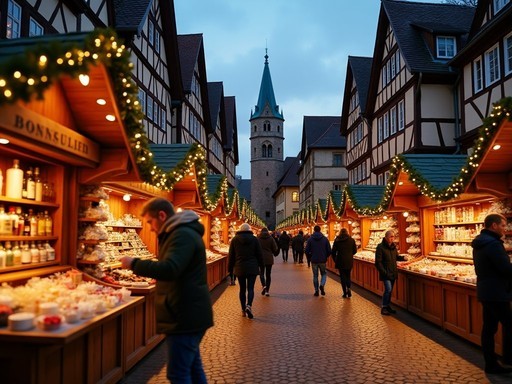
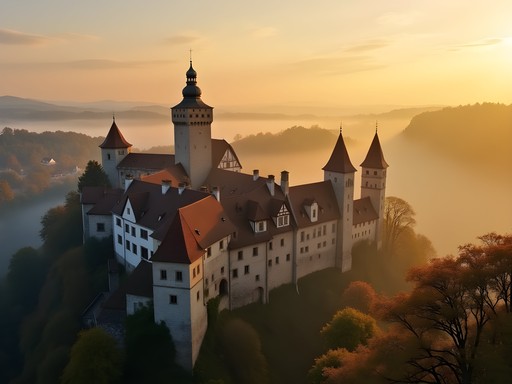
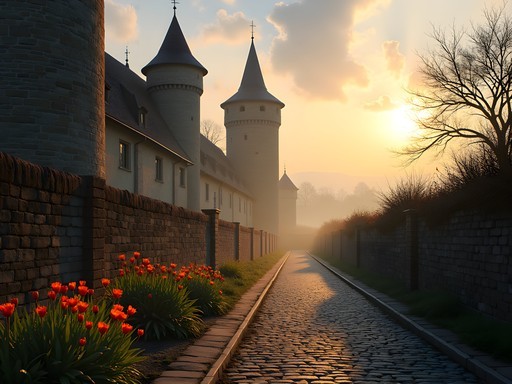





Comments
authentic_traveler
I visited Rothenburg last October and your post brought back so many memories! I completely agree about getting beyond the tourist trail. We stayed in a small guesthouse run by a local family just outside the walls, and they invited us to join their weekend gathering where several neighbors came over. We ended up learning traditional Bavarian card games and trying homemade schnapps while conversing in broken English/German. It was the highlight of our trip! One tip I'd add - visit the baker's museum early in the morning when they're actually baking bread using medieval methods. The smell alone is worth it, and they often give samples!
Hayden James
What an incredible experience with the local family! Those are the moments that make travel truly meaningful. And that baker's museum tip is gold - I missed that one! Definitely adding it to my list for next time.
photogeek42
That shot of the sunset on the medieval walls is absolutely stunning! What camera setup did you use?
Hayden James
Thanks! Just my trusty Sony A7III with the 24-70mm f/2.8 lens. The light in Rothenburg does all the work!
Nicole Russell
Your post brought back so many memories! I visited Rothenburg during their Christmas market last year and it was like stepping into a fairytale. The medieval architecture covered in snow and twinkling lights was magical. I loved how you connected with locals - I had a similar experience when I got lost and an elderly gentleman walked me all the way back to my hotel, sharing stories about growing up in Rothenburg during the post-war years. His family had lived there for generations! For anyone visiting, I highly recommend the Night Watchman's Tour - it's touristy but SO worth it for the historical stories and the guide's dry humor. Hayden, did you try the schneeballs (snowballs)? Those crispy pastry balls are everywhere but I found the best ones at a tiny bakery near the Medieval Crime Museum!
Hayden James
Nicole - yes! I tried way too many schneeballs! The cinnamon sugar ones were my favorite. And completely agree about the Night Watchman's Tour - his stories about medieval hygiene had everyone laughing and cringing at the same time!
history_buff_jane
If you're into medieval history, don't miss the Night Watchman's Tour! We did it last summer and it was the highlight of our trip. The guide stays in character the whole time and shares fascinating stories about medieval life. Book ahead though - it fills up fast!
roamlife
Oh thanks for the tip! Is it scary? Traveling with kids who get spooked easily.
history_buff_jane
Not scary at all! Informative and entertaining. The guide has a great sense of humor and keeps it family-friendly. My 9-year-old loved it!
springdiver
Going there next month, any tips for walking the walls with someone who has slight mobility issues? My mom can walk but needs frequent breaks.
Hayden James
Great question! The wall walk has several access points where you can exit if needed. The section near the Spital bastion has some benches with amazing views - perfect for breaks. Also, pick up a pocket map that shows all the wall access points so you can plan shorter segments. Hope your mom enjoys it!
springdiver
Thanks so much! That's super helpful. Will definitely check out that section with the benches.
hikingtime
Really appreciated your section on going beyond the tourist trail! When I visited Rothenburg last summer, I initially stuck to the main streets, but after chatting with a local baker, she pointed me toward some hidden courtyards and gardens I would've completely missed. Did you get a chance to try the medieval dinner experience at the Eisenhut? The servers dress in period costumes and the menu is based on medieval recipes - sounds like something you'd enjoy based on your 'Culinary Time Travel' section!
Nicole Russell
I did the medieval dinner at Burgkeller instead and it was AMAZING! They serve this mead that's made from a centuries-old recipe. Definitely worth the splurge!
hikingtime
Ooh, I missed Burgkeller! Adding it to my list for next time. The mead sounds delicious!
sunnyking
Those sunset photos from the medieval walls are absolutely stunning! Making me want to book a trip right now.
hikingtime
Same! The golden hour lighting on those old stones is magical.
travel_with_mike
Those medieval feasts look incredible! My stomach is growling just looking at the photos!
wanderlust_emma
Going to Rothenburg next month! How difficult is the full wall walk? My mom has some mobility issues but really wants to experience it.
Hayden James
Great question! The wall has multiple access points, so you can do shorter sections. The steps can be steep and uneven in places. I'd recommend starting at Rödertor - that section is more accessible. Also, the Night Watchman's Tour is a wonderful alternative if the walls prove too challenging.
Casey Andersson
Just to add to Hayden's excellent advice - there are also several lovely cafés with views of the walls where your mom could rest while you explore a section. The Medieval Crime Museum is fascinating and completely accessible too!
wanderlust_emma
Thank you both so much! This is super helpful. Will definitely check out that museum too!
Casey Andersson
Hayden, your description of that medieval feast took me right back to my own experience there last year! I absolutely adored the Zur Höll restaurant - that building from 1100 AD with the low wooden beams had me ducking my head but feeling like I'd truly stepped back in time. Did you try the Schneeballen? I became slightly obsessed with those crispy pastry balls! Your tip about connecting with locals beyond the tourist areas is spot on. I ended up chatting with an elderly gentleman who'd been a night watchman in his youth and had the most fascinating stories about the town's traditions. He recommended I use Rick Steves' Germany for some hidden gems, and it led me to the most charming little workshop where they still make wooden crafts using medieval techniques. Beautiful storytelling as always!
Hayden James
Casey! So wonderful to hear from you. Yes, I tried every flavor of Schneeballen I could find - the cinnamon one was my favorite! That's amazing you met a former night watchman. Those personal connections really make a place come alive, don't they?
Venture X
Premium card with 2X miles, $300 travel credit, Priority Pass